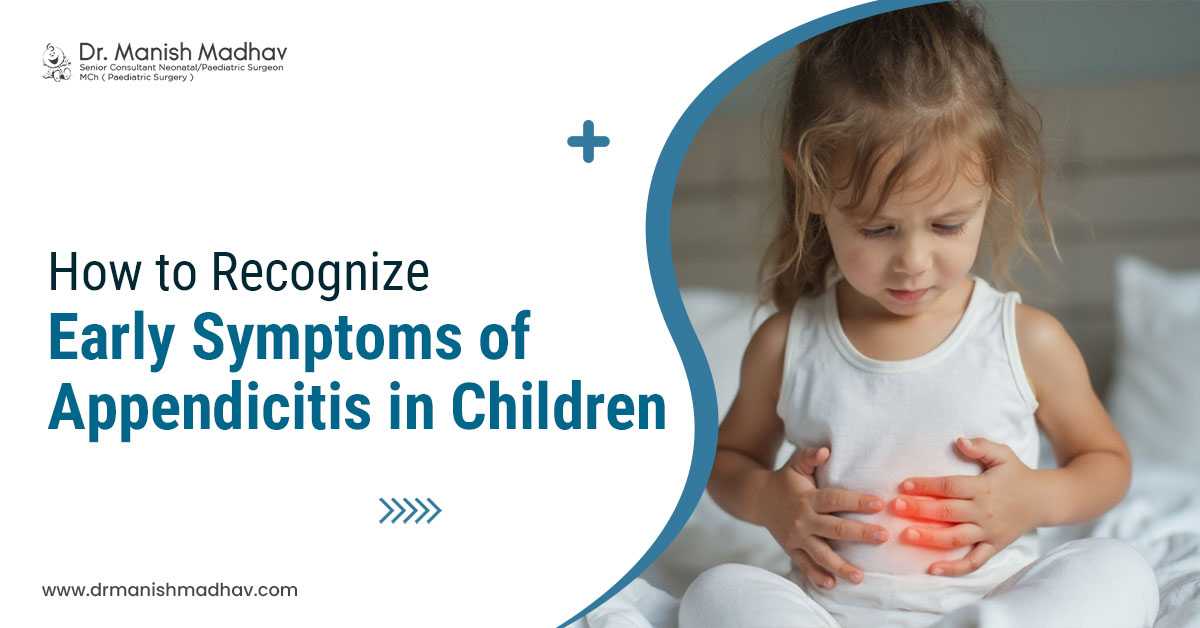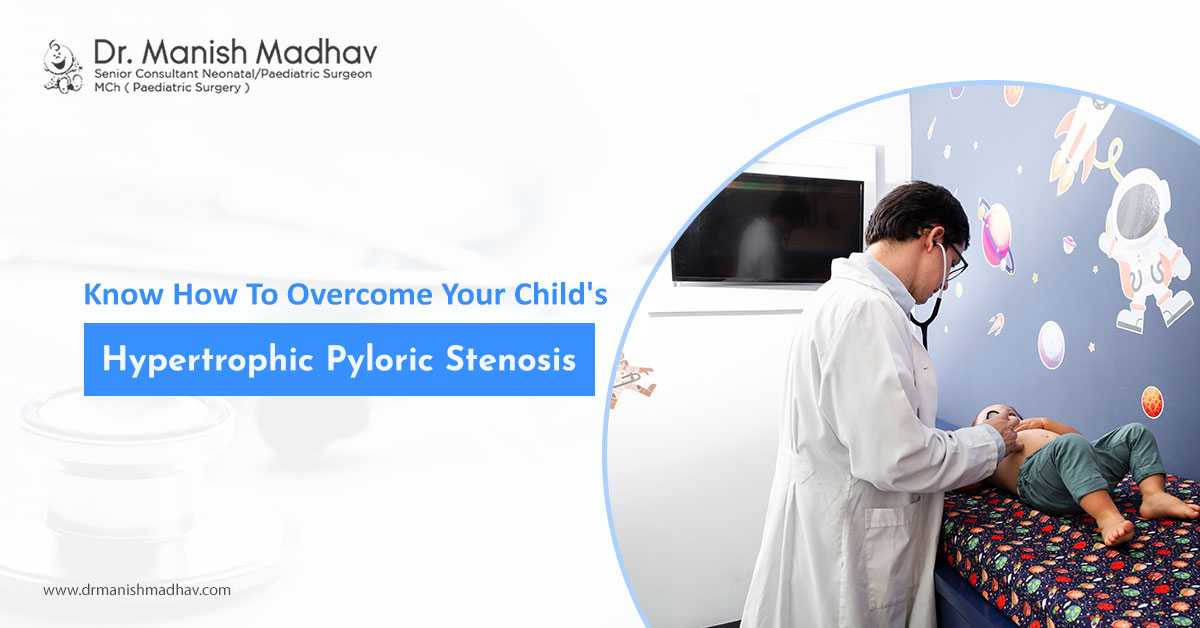Normally, our digestive system consists of the body parts that work to turn food and liquids into the building blocks and fuel that the body needs. But in the case of hypertrophic pyloric stenosis, the picture told the other story. Hypertrophic pyloric stenosis is a condition that mostly affects the gastrointestinal tract in babies.
A child with pyloric stenosis seems to be hungry all the time and can lead to forceful vomiting, dehydration, and weight loss. Here, in this case, surgery is the permanent solution. Remember, immediate consultation with your paediatric surgeon in Siliguri can save your baby's life.
Pylorus is a muscular valve that is located in the lower part of the stomach that helps food and other stomach contents pass through to enter the small intestine. But, in the case of hypertrophic pyloric stenosis, the muscles become abnormally large and thicken that blocking food from reaching the small intestine.
Common Symptoms Of Hypertrophic Pyloric Stenosis
- Dehydration
- Persistent hunger
- Weight problems
- Less Activity
- Unusually irritable
- Vomiting after feeding
- Stomach contractions
- Less Urination
- Fewer bowel movements
In simple terms, this blocks food from entering the small intestine and as a result it makes your baby vomit forcefully and can lead also to other problems, such as dehydration. This is very rare in babies older than 3 months. But the symptoms usually develop within three to five weeks after birth.
Few Complications Associated With Hypertrophic Pyloric Stenosis
- Dehydration
- Repeated vomiting
- Jaundice
- Mild stomach bleeding
- Not much growth and development
Medically, the actual causes of pyloric stenosis seem unknown, but genetic and environmental factors might play a role. The condition usually doesn’t presents at birth but probably develops afterward.
Common Risk Factors Associated With Hypertrophic Pyloric Stenosis
- Early antibiotic use
- Family history
- Premature birth
- Bottle-feeding
- Smoking during pregnancy
- Antibiotics during breastfeeding
Diagnosis Of Hypertrophic Pyloric Stenosis
The process of diagnosis will start with your baby's doctor with a physical examination and while examining the baby's abdomen the doctor can feel an olive-shaped lump which is an enlarged pylorus muscle.
Apart from that, your paediatric surgeon might also recommend blood tests to check any symptoms for dehydration, ultrasound to view and confirm pyloric stenosis, and also X-rays of your baby's digestive system.
Treatment Of Hypertrophic Pyloric Stenosis
After, proper diagnosis, your child surgeon in Siliguri might go for pyloromyotomy also known as pyloric stenosis surgery as it is the best treatment process for permanent recovery.
Few things, your doctor will check before confirmation of surgery such as in the case, your baby is dehydrated or any symptoms of an electrolyte imbalance are seen, he or she will have a fluid replacement before surgery.
After surgery, though some vomiting may continue for a few days the good news is you can start feeding your baby again within 12 to 24 hours.
Medications as prescribed by your pediatric surgeon, you can carry as per prescribed and checkup for a while with your doctor to improve your child's overall growth and development.




